5-Decanolide
Synonym(s):6-pentyloxan-2-one;δ-Decanolactone;(±)-δ-Pentyl-δ-valerolactone;(±)-5-Decanolide;(±)-6-Pentyltetrahydro-2H-pyran-2-one
- CAS NO.:705-86-2
- Empirical Formula: C10H18O2
- Molecular Weight: 170.25
- MDL number: MFCD00006649
- EINECS: 211-889-1
- SAFETY DATA SHEET (SDS)
- Update Date: 2024-12-18 14:07:02

What is 5-Decanolide?
Chemical properties
clear colorless to light yellow oily liquid
Chemical properties
5-Decanolide is a flavor constituent of many types of fruit, cheese, and other dairy products. It is a colorless, viscous liquid with a creamy-coconut, peach-like aroma.
Chemical properties
δ-Decalactone has an oily, peach odor and taste.
Occurrence
Reported found in rum, coconut, raspberry, apricot, bilberry, peach, strawberry, Swiss cheese, other cheeses, butter, milk, milk powder, mutton fat, mango and nectarine.
The Uses of 5-Decanolide
Used in pharmaceutical preparations, feed additive, flavorings agent. Also used by food and flavor industries for its coconut fragrance and taste. It is also used as a reagent in the synthesis of (±)-Massoilactone (M197600); a chemical component with antibacterial activity found in volatile oils.
Definition
ChEBI: A delta-lactone that is 5-valerolactone substituted by a pentyl group at position 6.
Preparation
δ-Decalactone can be prepared by peracid oxidation of 2-pentylcyclopentanone.
(R)-δ-decalactone is obtained in high optical purity by starting from (R)-2-
pentylcyclopentanone . Hydrogenation or fermentation of
massoia lactone is also a practicable method to produce this
enantiomer.
A newer development for the preparation ofδ-decalactone describes a carboxylation
of 1-nonen-4-ol with carbon monoxide in the presence of a homogenous
palladium catalyst in an aqueous system.
Aroma threshold values
Detection: 100 ppb
Taste threshold values
Taste characteristics at 2 ppm: waxy, coconut, lactonic, fatty, creamy, nutty and fruity.
Synthesis Reference(s)
The Journal of Organic Chemistry, 55, p. 462, 1990 DOI: 10.1021/jo00289a016
General Description
Measurement of optical rotatory dispersion and circular dichroism of (+) 5-decanolide (tetrahydro-6-pentyl-2H-pyran-2-one) has been reported.
Flammability and Explosibility
Not classified
Synthesis
From hexylethylene oxide and sodium malonic ester; also from decanoic acid.
Properties of 5-Decanolide
| Melting point: | -27 °C (lit.) |
| Boiling point: | 117-120 °C/0.02 mmHg (lit.) |
| alpha | 0°(neat) |
| Density | 0.954 g/mL at 25 °C (lit.) |
| vapor pressure | 0.63Pa at 25℃ |
| FEMA | 2361 | DELTA-DECALACTONE |
| refractive index | n |
| Flash point: | >230 °F |
| storage temp. | Sealed in dry,Room Temperature |
| solubility | Chloroform (Slightly), Methanol (Slightly) |
| form | Oil |
| color | Clear Colourless |
| Specific Gravity | 0.9720.954 |
| Odor | at 100.00 %. fresh sweet oily coconut fruity peach creamy dairy |
| Water Solubility | Soluble in water (4 mg/ml at 28°C), alcohols, and propylene glycol. |
| JECFA Number | 232 |
| BRN | 117520 |
| CAS DataBase Reference | 705-86-2(CAS DataBase Reference) |
| NIST Chemistry Reference | 5-Hydroxy decanoic acid, lactone(705-86-2) |
| EPA Substance Registry System | 2H-Pyran-2-one, tetrahydro-6-pentyl- (705-86-2) |
Safety information for 5-Decanolide
| Signal word | Warning |
| Pictogram(s) |
 Exclamation Mark Irritant GHS07 |
| GHS Hazard Statements |
H315:Skin corrosion/irritation H319:Serious eye damage/eye irritation |
| Precautionary Statement Codes |
P261:Avoid breathing dust/fume/gas/mist/vapours/spray. P264:Wash hands thoroughly after handling. P264:Wash skin thouroughly after handling. P270:Do not eat, drink or smoke when using this product. P271:Use only outdoors or in a well-ventilated area. P280:Wear protective gloves/protective clothing/eye protection/face protection. P305+P351+P338:IF IN EYES: Rinse cautiously with water for several minutes. Remove contact lenses, if present and easy to do. Continuerinsing. P332+P313:IF SKIN irritation occurs: Get medical advice/attention. P337+P313:IF eye irritation persists: Get medical advice/attention. |
Computed Descriptors for 5-Decanolide
| InChIKey | GHBSPIPJMLAMEP-UHFFFAOYSA-N |
5-Decanolide manufacturer
Neoloba Speciality Pvt Ltd
New Products
(S)-3-Aminobutanenitrile hydrochloride 4-Methylphenylacetic acid N-Boc-D-alaninol N-BOC-D/L-ALANINOL Tert-butyl bis(2-chloroethyl)carbamate N-octanoyl benzotriazole 3-Morpholino-1-(4-nitrophenyl)-5,6-dihydropyridin- 2(1H)-one Furan-2,5-Dicarboxylic Acid S-2-CHLORO PROPIONIC ACID ETHYL ISOCYANOACETATE 2-Bromo-1,3-Bis(Dimethylamino)Trimethinium Hexafluorophosphate 4-IODO BENZOIC ACID 3-NITRO-2-METHYL ANILINE 1-(2,4-DICHLOROPHENYL) ETHANAMINE (2-Hydroxyphenyl)acetonitrile 4-Bromopyrazole 5,6-Dimethoxyindanone 2-(Cyanocyclohexyl)acetic acid 4-methoxy-3,5-dinitropyridine 1-(4-(aminomethyl)benzyl)urea hydrochloride 2-aminopropyl benzoate hydrochloride diethyl 2-(2-((tertbutoxycarbonyl)amino) ethyl)malonate tert-butyl 4- (ureidomethyl)benzylcarbamate Ethyl-2-chloro((4-methoxyphenyl)hydrazono)acetateRelated products of tetrahydrofuran


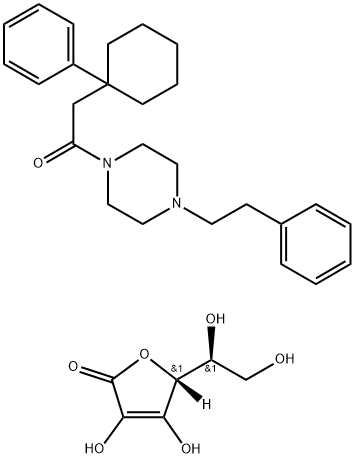
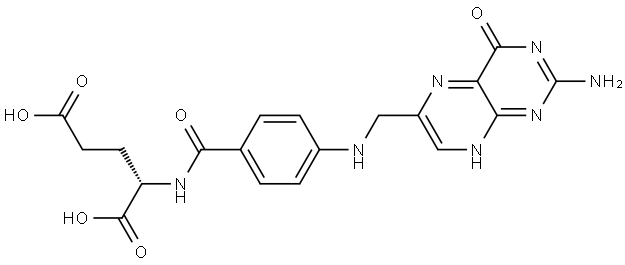
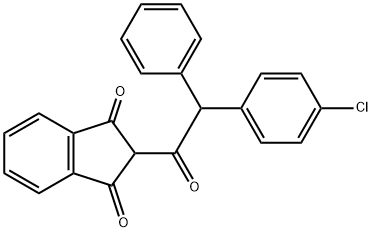
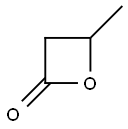
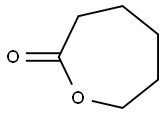
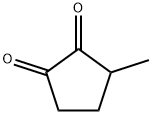
You may like
-
 705-86-2 delta-Decalactone 99%View Details
705-86-2 delta-Decalactone 99%View Details
705-86-2 -
 705-86-2 99%View Details
705-86-2 99%View Details
705-86-2 -
 delta-Decalactone 98.00% CAS 705-86-2View Details
delta-Decalactone 98.00% CAS 705-86-2View Details
705-86-2 -
 δ-Decanolactone CAS 705-86-2View Details
δ-Decanolactone CAS 705-86-2View Details
705-86-2 -
 delta-Decalactone CAS 705-86-2View Details
delta-Decalactone CAS 705-86-2View Details
705-86-2 -
 5-Decanolide CAS 705-86-2View Details
5-Decanolide CAS 705-86-2View Details
705-86-2 -
 14714-50-2 (2-Hydroxyphenyl)acetonitrile 98+View Details
14714-50-2 (2-Hydroxyphenyl)acetonitrile 98+View Details
14714-50-2 -
 118753-70-1 98+View Details
118753-70-1 98+View Details
118753-70-1